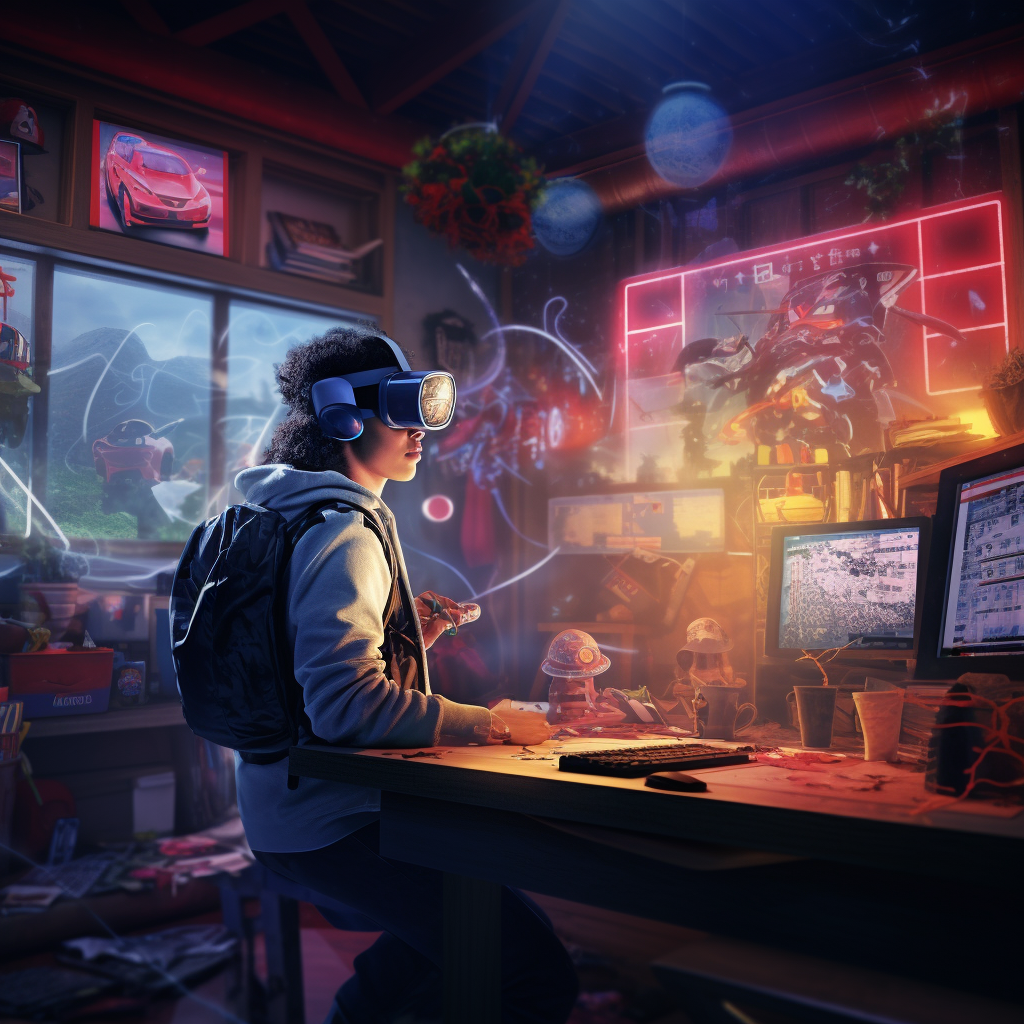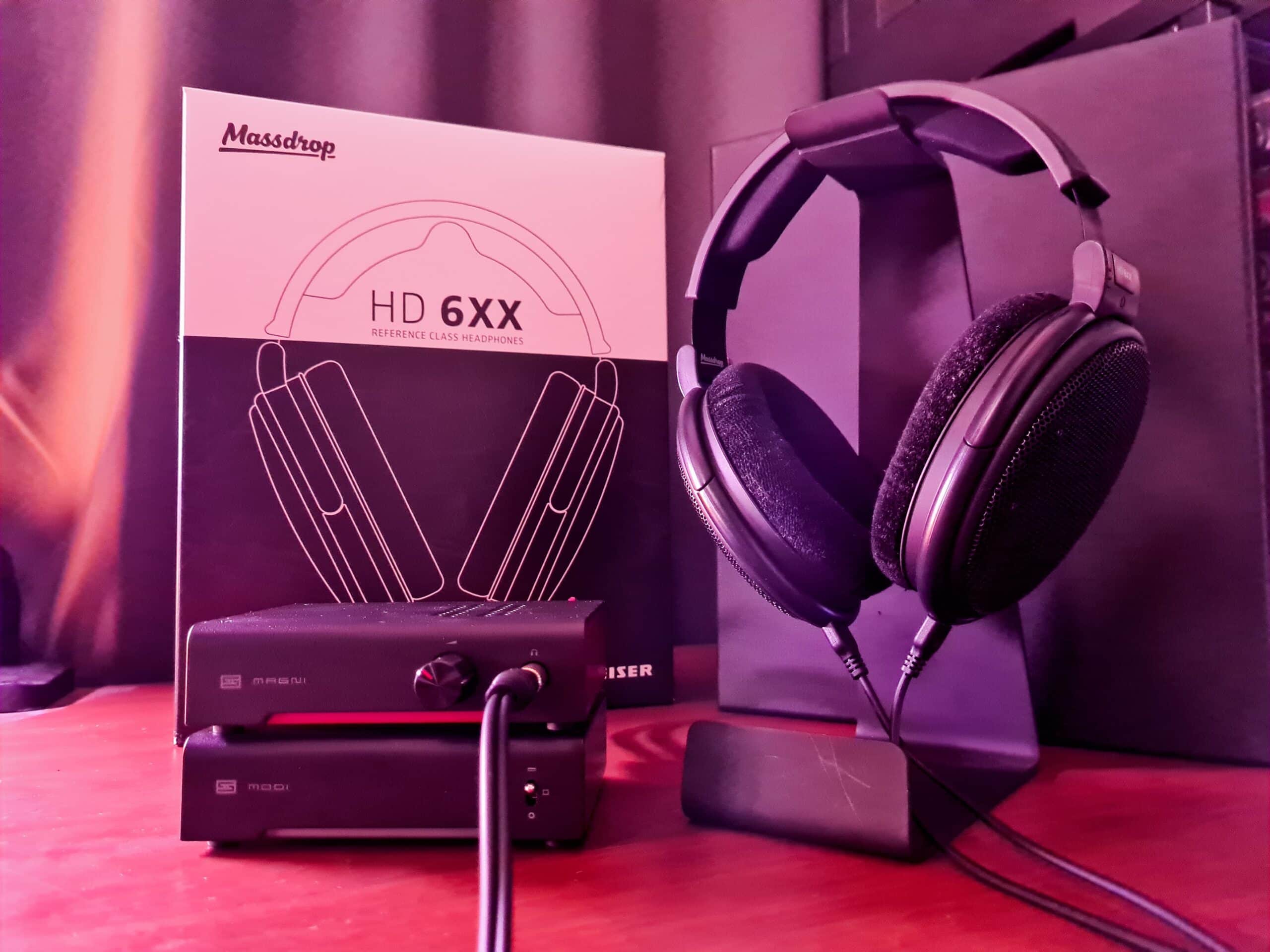Estimated reading time: 10 minutes
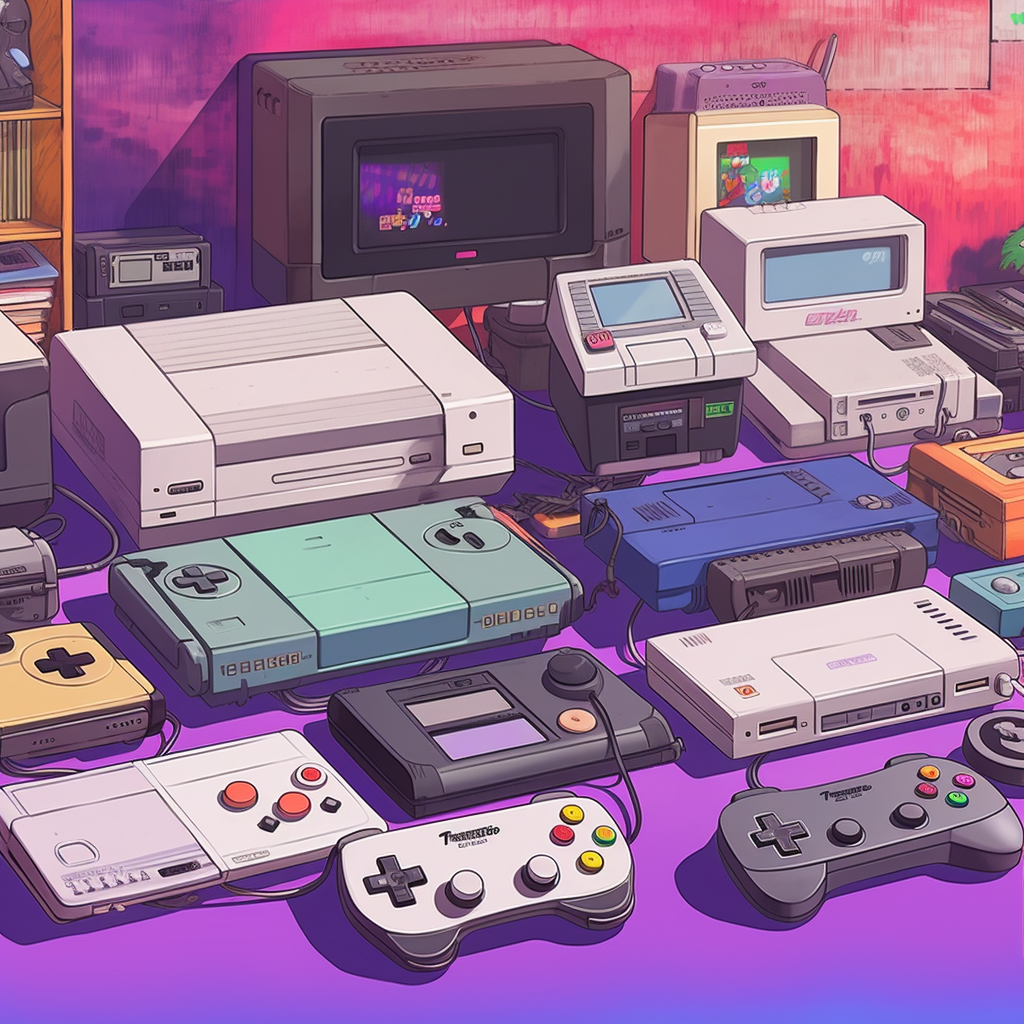
Table of contents
- Introduction
- Brief history of gaming consoles
- The Generations of Gaming Consoles and Cultural Impact
- First Generation (1970s):
- Second Generation (Late 1970s – Mid 1980s):
- Third Generation (Mid 1980s – Early 1990s):
- Fourth Generation (Late 1980s – Mid 1990s):
- Fifth Generation (Mid 1990s – Early 2000s):
- Sixth Generation (Late 1990s – Mid 2000s):
- Seventh Generation (Mid 2000s – Early 2010s):
- Eighth Generation (Early 2010s – Late 2010s):
- Ninth Generation (Late 2010s – Present):
- The Future of Gaming Consoles
- Links
Introduction
The purpose of this blog post is to embark on a captivating exploration. Of the journey of video gaming consoles and retro gaming across different generations. Do you remember the Original Xbox, Nintendo NES, or Playstation 1? The objective is to delve into the rich history and evolution of gaming consoles. Tracing their transformation from rudimentary entertainment devices to sophisticated. Multi-functional platforms that have reshaped the landscape of gaming and pop culture.
As we navigate through each generation of consoles. We aim to uncover the technological advancements and pivotal moments that define each era. From the early days of pixelated graphics and simple gameplay to the modern era of immersive 3D environments. And interconnected online experiences. We’ll examine how each generation contributed to the growth and diversification of the gaming industry.
This exploration is not just about the consoles themselves. But also about their broader impact on entertainment, technology, and social interaction. We’ll look at how gaming consoles have influenced pop culture, driven technological innovation, and fostered communities around the globe.
Our journey through the generations of gaming consoles. Tells how these devices have become more than just a means of playing games. They’ve evolved into platforms for storytelling, artistic expression, and social connection. Reflecting and influencing the tastes and trends of societies worldwide.
Through this exploration, we hope to provide a comprehensive and engaging narrative that celebrates the history of gaming consoles. Offering both nostalgia for long-time gamers and insights for those new to the world of gaming. Join us on this journey through the evolving world of gaming consoles. Filled with the innovation of console developers, imagination, and endless possibilities.
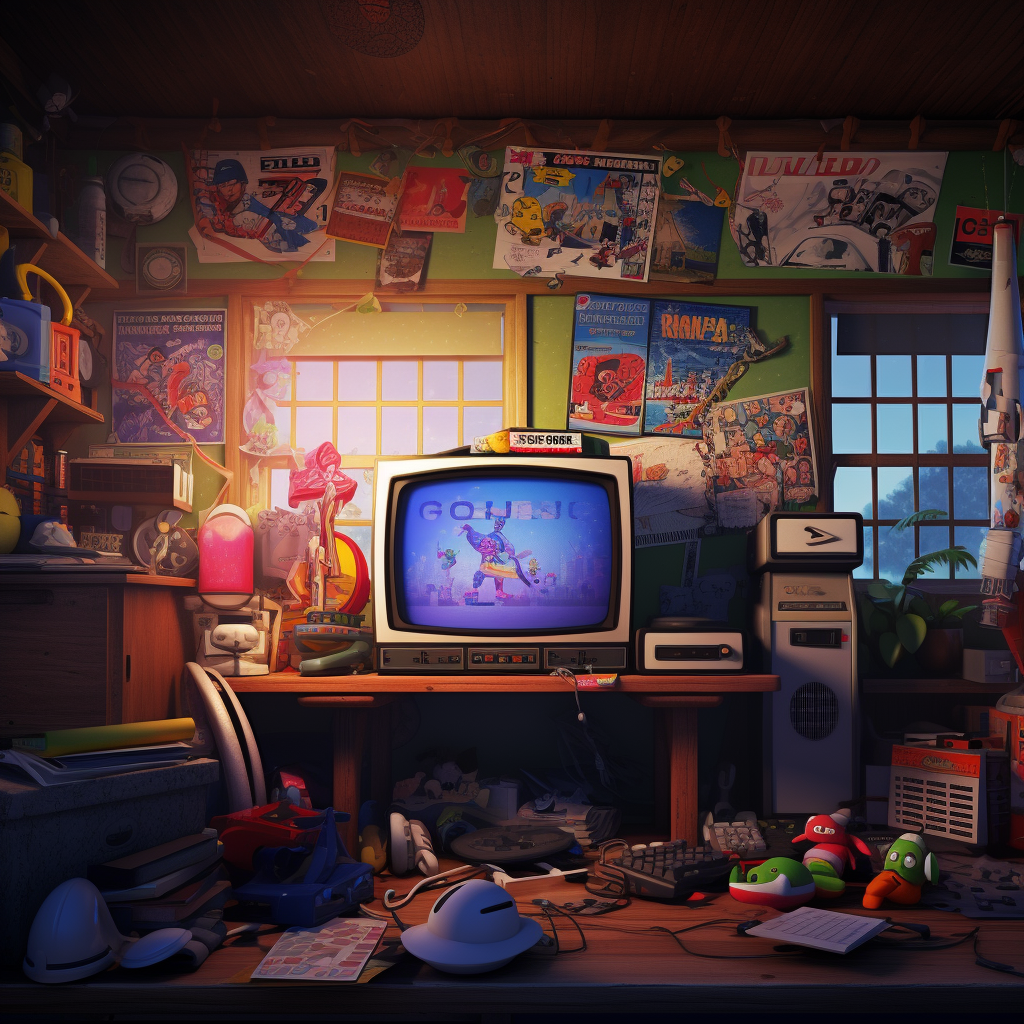
Brief history of gaming consoles
The evolution of gaming consoles is a remarkable journey that mirrors the rapid advancement of technology. And its integration into pop culture. This history begins in the early 1970s, marking the inception of home entertainment through video games.
The Dawn of Home Gaming (1970s)
The first generation of consoles was led by the Magnavox Odyssey in 1972. Introduced the concept of playing video games on television sets. These were simple machines, often limited to basic games like Pong. But they laid the foundation for a new form of home entertainment.
Rise of Cartridges and Game Diversity (Late 1970s – 1980s)
The second generation, epitomized by the Atari 2600, revolutionized the industry with programmable consoles using game cartridges. This era saw an explosion in game variety, bringing different genres and more complex gameplay into living rooms. The video game crash of 1983 temporarily halted the industry’s growth. But it rebounded with the advent of the third generation.
The Era of Iconic Franchises (1980s – 1990s)
Nintendo and Sega dominated the third and fourth generations with their respective consoles, the NES and Sega Genesis. This period saw the birth of iconic franchises like Mario and Sonic, which remain cultural staples today. Advancements in graphics and sound enhanced the gaming experience, making it more immersive and engaging.
Transition to 3D and Multimedia Gaming (1990s – 2000s)
The fifth and sixth generations marked a significant technological leap. With Sony’s PlayStation and PlayStation 2, and Microsoft’s entry with the Xbox. The shift to 3D graphics, CD-ROMs, and later DVDs, transformed the gaming landscape, introducing complex storylines and realistic environments. Online gaming also started to gain traction, adding a new dimension to the gaming experience.
The Modern Era of Gaming (2000s – Present)
The seventh generation, with consoles like the Xbox 360, PlayStation 3, and Nintendo Wii. Brought high-definition graphics, motion controls, and integrated multimedia capabilities. Turning gaming consoles into all-in-one entertainment hubs. The current eighth and ninth generations have continued this trend. With consoles like the PlayStation 5 and Xbox Series X/S pushing the boundaries of performance, graphics, and interactivity.
Throughout these decades, gaming consoles have evolved from niche gadgets to central elements of popular culture. Influencing not just entertainment but also social interaction, storytelling, and technology. They have become platforms for artistic expression and community building, reflecting and shaping societal trends and preferences. The history of gaming consoles is not just about the hardware and software advancements. But about the creation of a dynamic and ever-evolving cultural phenomenon.
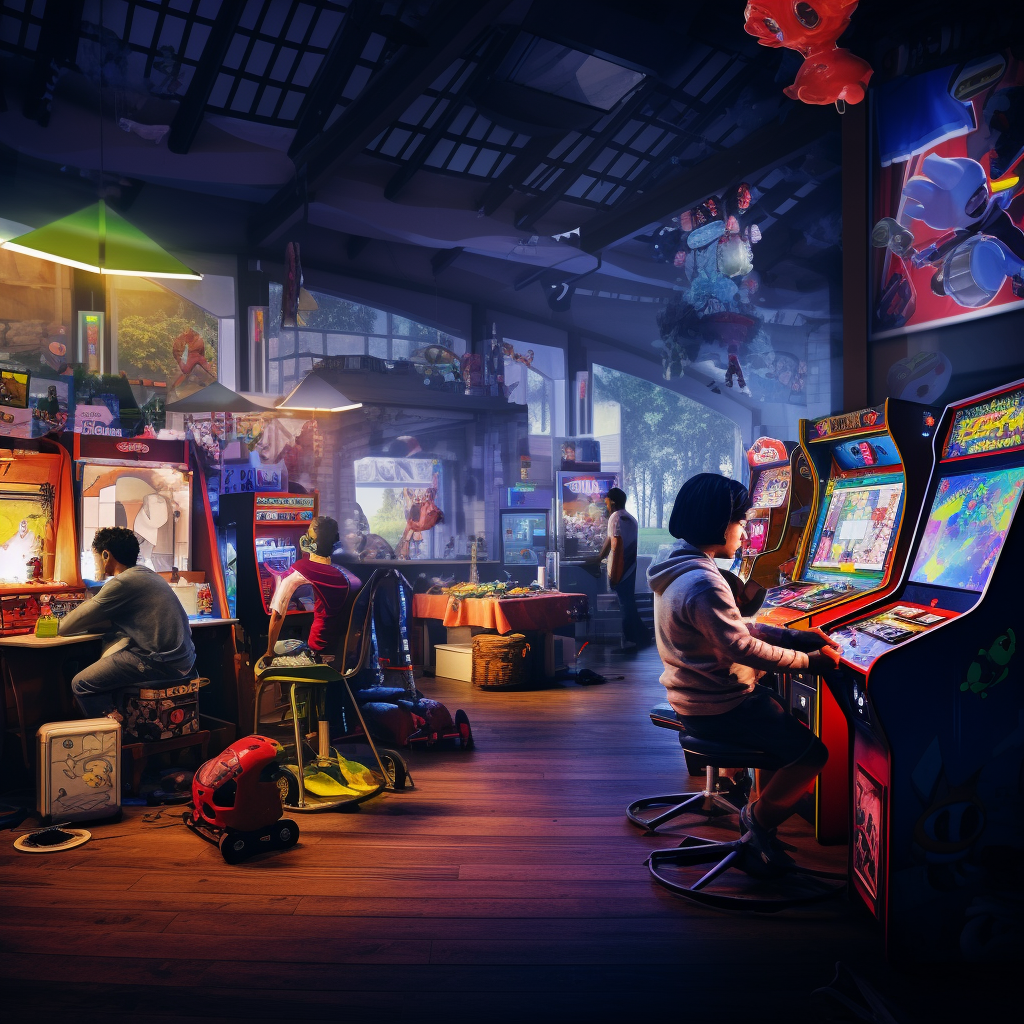
The Generations of Gaming Consoles and Cultural Impact
First Generation (1970s):
- Key Features: Pong-style dedicated consoles, no CPUs, mostly black and white graphics.
- Magnavox Odyssey
- Home Pong
- Coleco Telstar
- Social Phenomenon: Early consoles like the Magnavox Odyssey and Home Pong introduced video games to the mainstream. Turning gaming into a social activity and family pastime.
- Emergence of Gaming Culture: These consoles set the stage for the gaming culture. Fostering a new form of entertainment distinct from traditional media like films and television.
Second Generation (Late 1970s – Mid 1980s):
- Key Features: Introduction of microprocessors, programmable consoles, and cartridge-based games.
- Atari 2600
- Intellivision
- ColecoVision
- Atari 5200
- Popularization of Video Games: The Atari 2600 and its contemporaries brought video games into the limelight. Making them a staple in households and popular culture.
- Diversification of Games: The introduction of game cartridges allowed for a variety of games. Which started catering to different tastes and interests, expanding the gaming audience.
Third Generation (Mid 1980s – Early 1990s):
- Key Features: 8-bit graphics, introduction of iconic game franchises.
- Nintendo Entertainment System (NES)
- Sega Master System
- Atari 7800
- Iconic Characters and Franchises: This era saw the birth of enduring franchises like Mario and Zelda. Characters like Mario became cultural icons, transcending gaming and influencing other media.
- Rise of Gaming as a Hobby: The NES and Sega Master System helped solidify gaming as a legitimate hobby. Attracting a dedicated fan base.
Fourth Generation (Late 1980s – Mid 1990s):
- Key Features: 16-bit graphics, richer gameplay and storylines.
- Super Nintendo Entertainment System (SNES)
- Sega Genesis (Mega Drive)
- Neo Geo
- TurboGrafx-16 (PC Engine)
- Advancements in Storytelling: The SNES and Sega Genesis introduced games with more complex stories and characters. Influencing storytelling in other media.
- Expansion of Gaming Demographics: More varied game genres attracted a broader audience, including older gamers and different gender demographics.
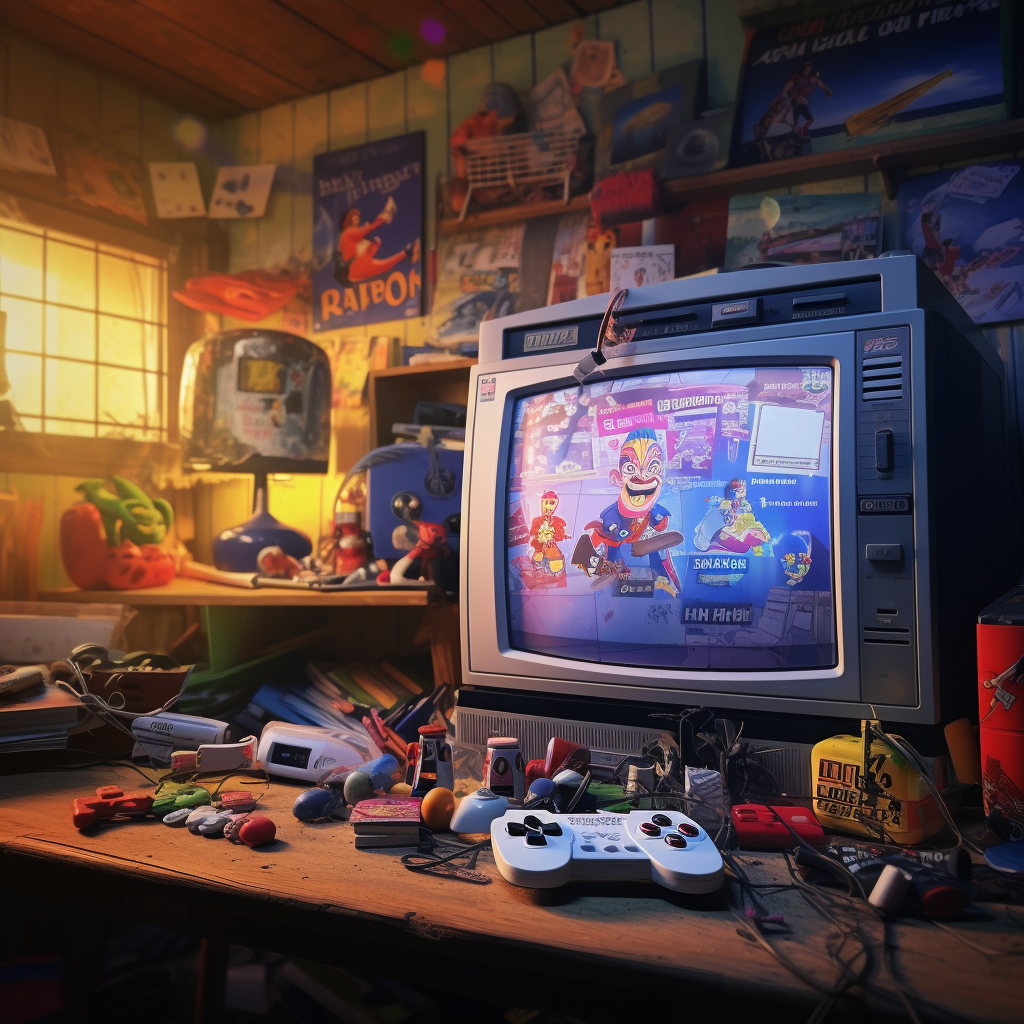
Fifth Generation (Mid 1990s – Early 2000s):
- Key Features: 3D graphics, CD-ROM technology, beginning of online gaming.
- Sony PlayStation
- Nintendo 64
- Sega Saturn
- Atari Jaguar
- Introduction of 3D Gaming: Consoles like the Sony PlayStation and Nintendo 64 pioneered 3D gaming, revolutionizing game design and graphics.
- Mainstream Media Attention: Video games started receiving significant attention in mainstream media. Gaming becoming a major part of youth culture.
Sixth Generation (Late 1990s – Mid 2000s):
- Key Features: DVD usage, online gaming services, high-definition graphics.
- Sony PlayStation 2
- Microsoft Xbox
- Nintendo GameCube
- Sega Dreamcast
- Online Gaming and Communities: The introduction of online gaming with consoles like the PlayStation 2 and Xbox created new communities. And transformed gaming into a social experience beyond physical boundaries.
- Gaming as a Spectator Sport: This era saw the early stages of what would become eSports. Changing the perception of gaming from a solitary activity to a spectator sport.
Seventh Generation (Mid 2000s – Early 2010s):
- Key Features: HD graphics, motion controls, multimedia capabilities.
- Sony PlayStation 3
- Microsoft Xbox 360
- Nintendo Wii
- Diversification of Gaming Experiences: The Wii, Xbox 360, and PlayStation 3 brought diverse gaming experiences. From motion-controlled games to graphically intense titles, appealing to a wide range of players.
- Integration with Other Media: Consoles started becoming entertainment hubs. Integrating with other media forms like streaming services, further cementing their role in popular culture.
Eighth Generation (Early 2010s – Late 2010s):
- Key Features: Advanced online ecosystems, virtual reality, 4K resolution.
- Sony PlayStation 4
- Microsoft Xbox One
- Nintendo Wii U
- Nintendo Switch (released in 2017, straddles the line between the eighth and ninth generations)
- Advancements in Online Services: Enhanced online services and social features made gaming a deeply interconnected experience.
- Cultural Phenomena: Games like Fortnite became cultural phenomena, influencing fashion, music, and even language.
Ninth Generation (Late 2010s – Present):
- Key Features: Ray tracing, ultra-high-speed SSDs, backward compatibility.
- Sony PlayStation 5
- Microsoft Xbox Series X and Series S
- Technological Marvels: The latest consoles are technological marvels, pushing the boundaries of realism in games and influencing technological trends.
- Influence on Entertainment Beyond Gaming: The impact of gaming is seen in other entertainment forms. With video game adaptations in movies and series, and the cross-pollination of gaming with other cultural forms.
Through each generation, gaming consoles have not only advanced technologically but have also left a lasting imprint on society. Influencing everything from fashion and language to storytelling and social interactions.
The Future of Gaming Consoles
Speculating about the future of gaming consoles opens up a realm of exciting possibilities. As technology continues to advance at a rapid pace. Here are some potential trends and developments that could shape the next era of console gaming:
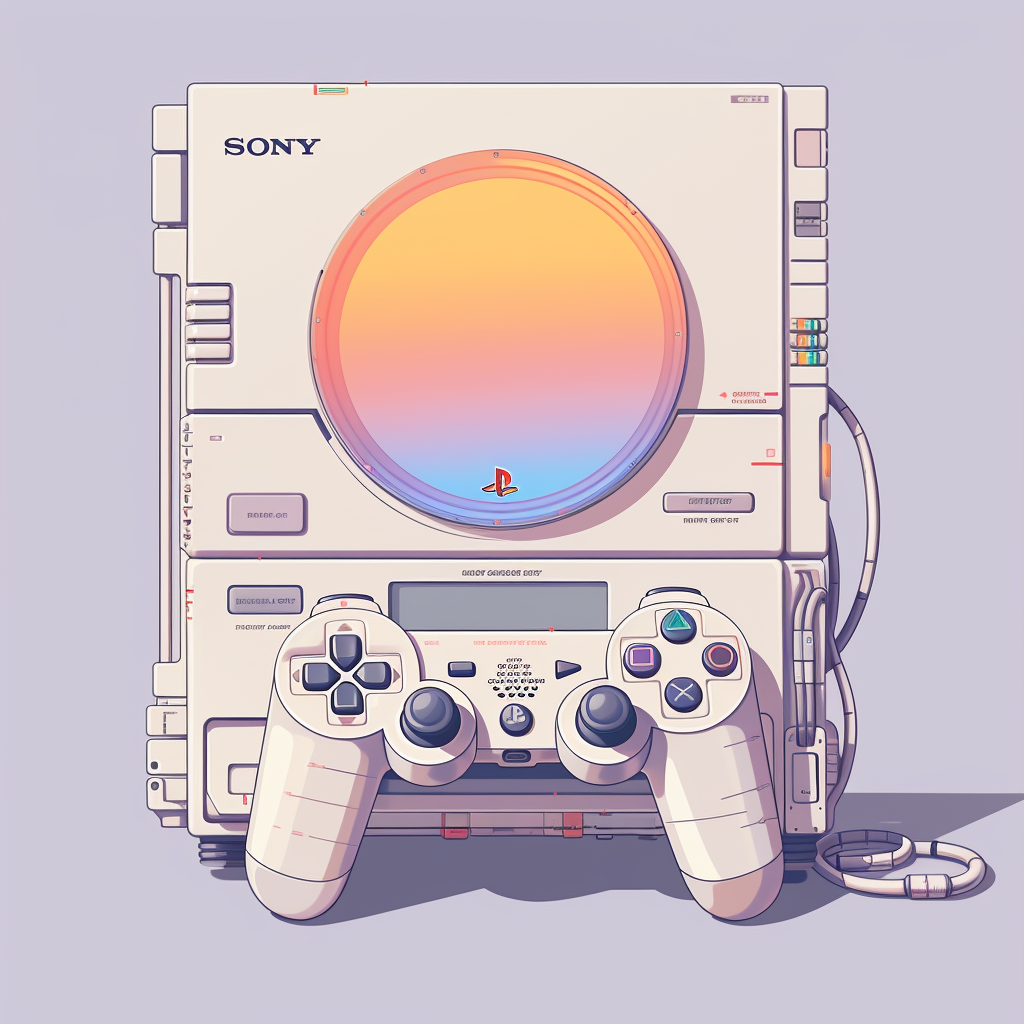
Enhanced Immersion Through Technology
- Virtual and Augmented Reality: Future consoles may further integrate VR and AR technologies, offering even more immersive gaming experiences. AR could blend physical and digital worlds, transforming the way we interact with games.
- Haptic Feedback and Sensory Integration: Advances in haptic feedback technology could provide more realistic touch sensations. We might also see the incorporation of other sensory experiences, like smell or temperature changes, to deepen immersion.
Cloud Gaming and Digital Ecosystems
- Cloud-Based Gaming: The shift towards cloud gaming is likely to continue. With consoles acting more as gateways to vast digital libraries rather than hardware-dependent platforms. This could lead to more affordable and accessible gaming options.
- Cross-Platform Play and Ecosystems: Enhanced cross-platform capabilities will likely become standard, allowing seamless gameplay between consoles, PCs, and mobile devices.
AI and Personalized Gaming
- Advanced AI: The integration of sophisticated AI could revolutionize game design. Offering dynamic, responsive, and personalized gaming experiences that adapt to individual play styles and preferences.
- AI-Driven Content Creation: AI might be used to create or modify game content in real-time. Leading to unique and evolving gameplay experiences for each player.
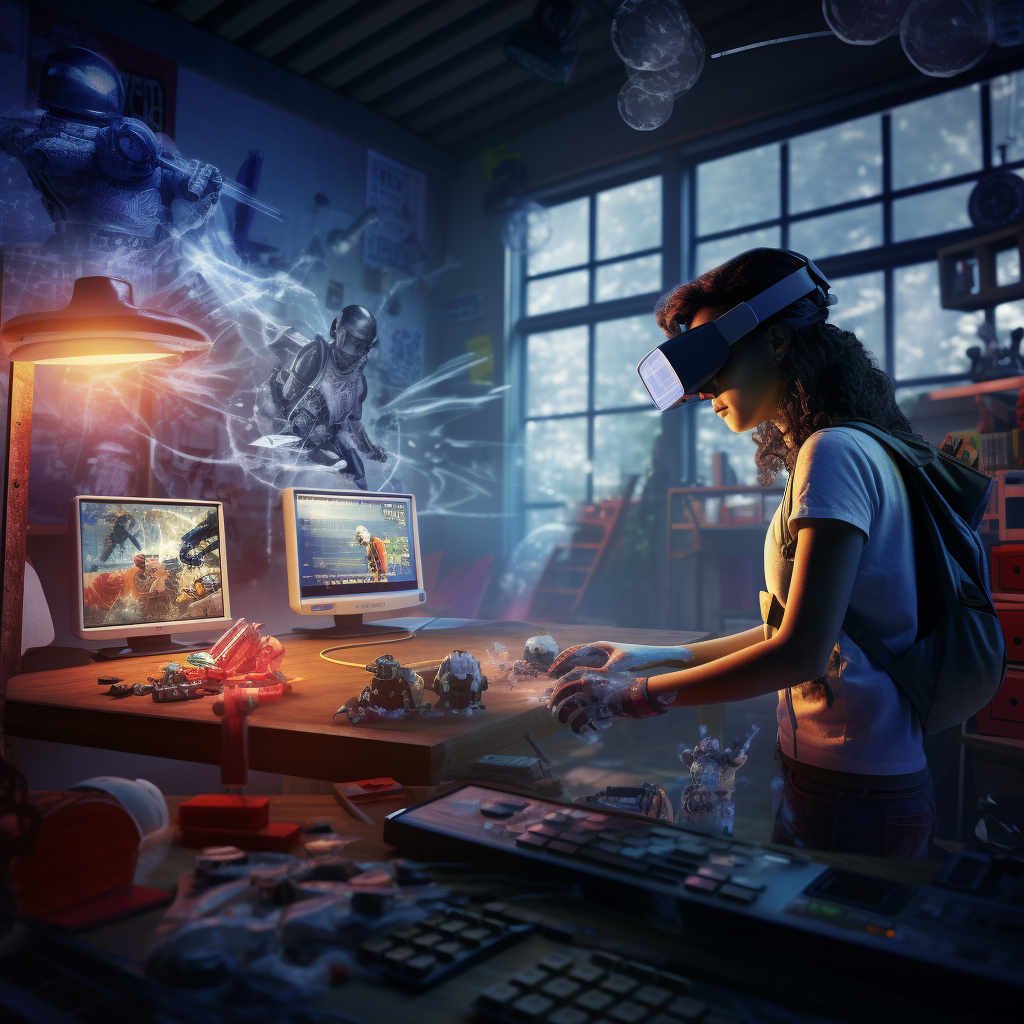
Sustainable and Modular Designs
- Sustainability: With growing environmental concerns, future consoles may emphasize sustainability in their design, with more energy-efficient operation and recyclable materials.
- Modular Consoles: The concept of modular consoles. Where components can be upgraded individually without replacing the entire system, might gain traction. This would allow gamers to keep pace with technological advances more cost-effectively.
Integration with Other Forms of Entertainment
- Mixed Media Experiences: Consoles could become central hubs for mixed media entertainment. Combining gaming with interactive movies, virtual concerts, and social experiences in virtual environments.
- Gaming as a Social Platform: Future consoles could further evolve into social platforms. Gaming is just one aspect of broader social and interactive experiences, including virtual gatherings, social networking, and more.
Health and Well-Being
- Gaming for Health: Consoles might include features or games specifically designed to promote physical and mental well-being. Like exercise games or therapeutic applications using VR.
Advanced Networking and Connectivity
- 5G and Beyond: As networking technology advances, consoles will benefit from faster and more reliable internet connections. Enhancing online multiplayer experiences and reducing latency.
In summary, the future of gaming consoles seems poised to transcend traditional boundaries. Blending the real and virtual worlds, enhancing social connectivity, and offering more personalized and immersive experiences. These advancements will likely continue to reshape not only the gaming industry. But also how we interact with technology in our everyday lives.
